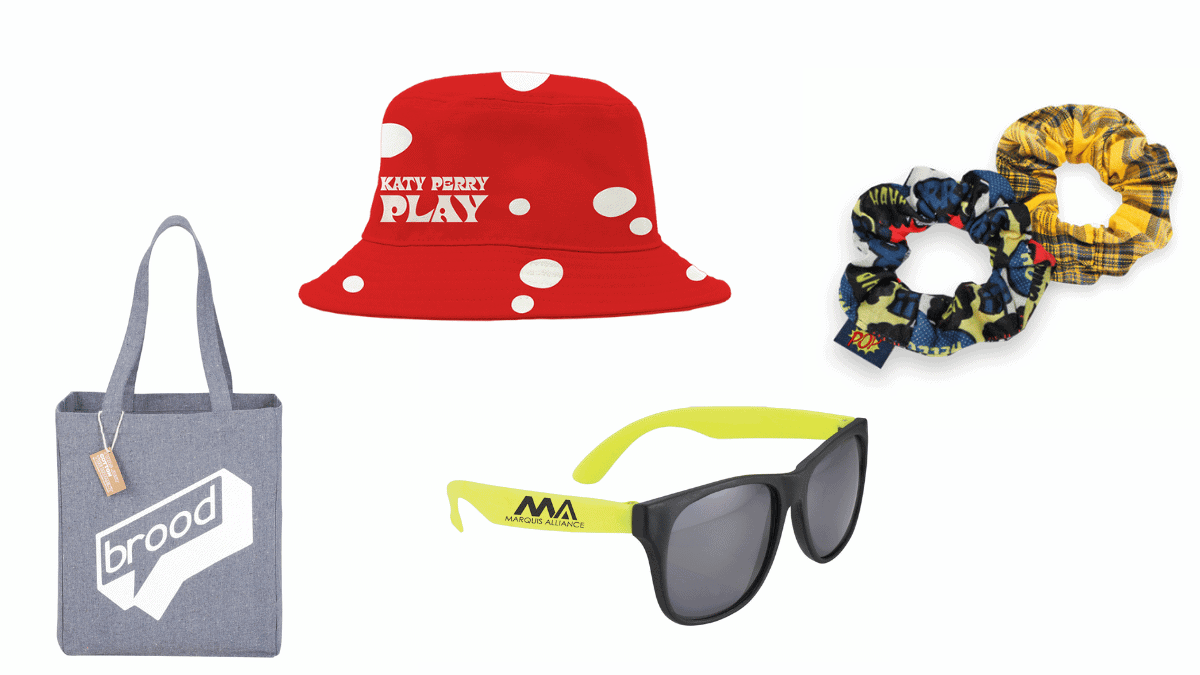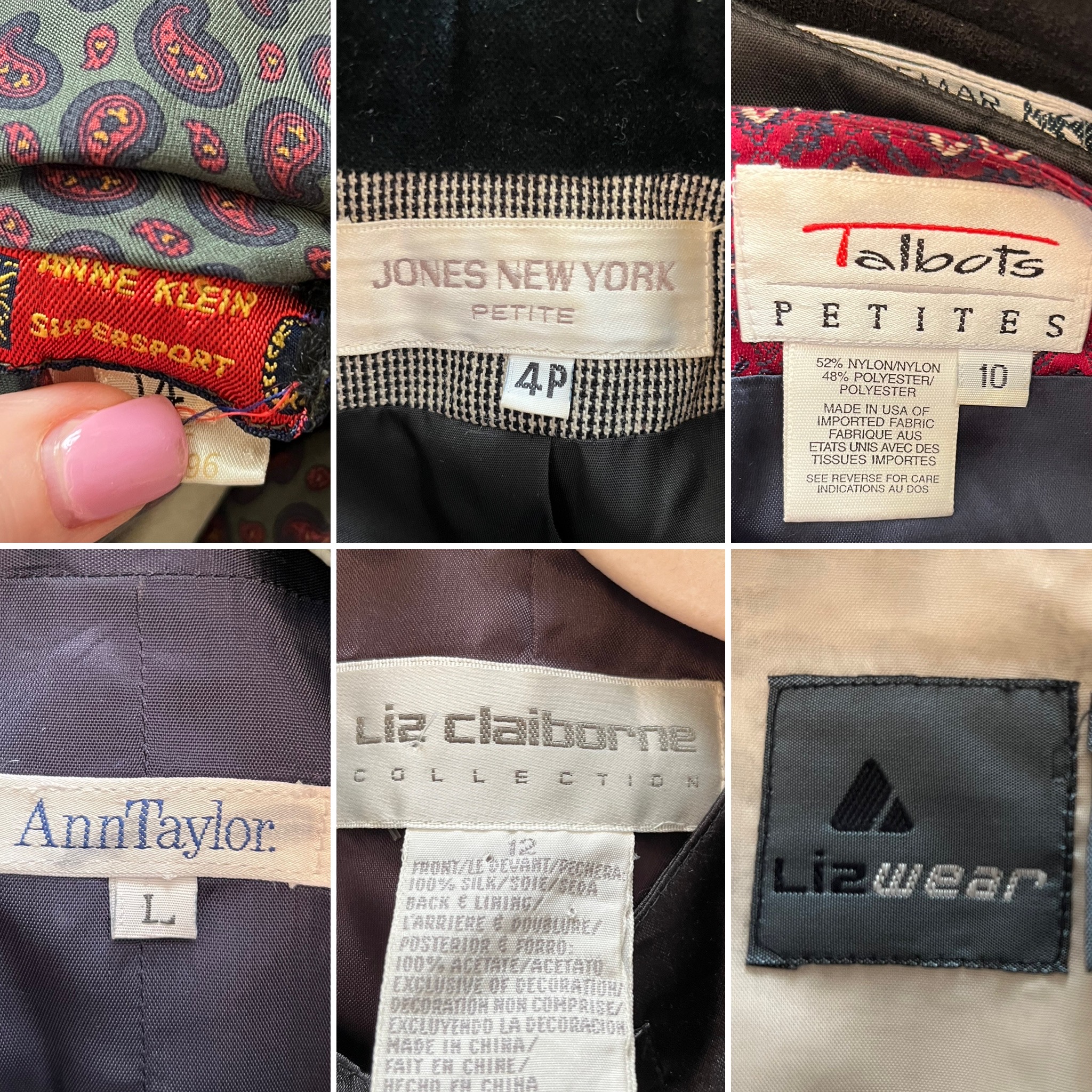Recognizing Apparel: The Importance of Material Selections in Your Wardrobe
The option of material in garments plays an essential duty in both aesthetic appeals and functionality. Different products provide varying degrees of breathability, durability, and comfort, directly influencing the user's experience. Comprehending these nuances can enhance one's closet significantly. Numerous ignore exactly how these selections can impact not simply individual style, however also sustainability. What fabric choices could redefine your closet and align it with both style and obligation?
The Function of Material in vogue and Functionality

Common Textile Types and Their Attributes
When selecting apparel, recognizing the features of common textile kinds is important for making notified selections. Cotton, a widely-used natural fiber, is understood for its softness, breathability, and convenience, making it ideal for casual wear and daily garments. Linen, another all-natural choice, flaunts superb moisture-wicking properties and a distinct appearance, perfect for cozy climates.Wool, frequently preferred for its heat and sturdiness, varies in fineness; merino wool is soft against the skin, while coarser types are made use of for outerwear. Artificial textiles like polyester and nylon use sturdiness and resistance to wrinkles, making them preferred for activewear and travel garments. Blends, which integrate artificial and natural fibers, can enhance performance while preserving comfort. By recognizing these fabric characteristics, people can select clothes that lines up with their way of life and aesthetic choices.
Breathability and Convenience: Choosing the Right Fabrics for Various Climates
Picking the right textiles for various climates can considerably improve comfort and total wearability. Breathable materials are important in hot environments, as they permit air circulation and dampness evaporation. Fabrics such as cotton, bed linen, and moisture-wicking synthetics efficiently draw sweat far from the body, keeping the wearer cool and dry. Conversely, in cooler environments, thicker materials like wool or fleece offer insulation while retaining breathability, guaranteeing heat without overheating.Additionally, the choice of fabric weight plays an essential duty; light-weight materials are more suitable for summer, whereas heavier choices are fit for winter season wear. Recognizing the one-of-a-kind residential or commercial properties of each textile makes it possible for people to clothe properly for differing climate condition. Eventually, choosing breathable and comfortable materials tailored to specific climates can substantially enhance daily comfort and improve the general experience of putting on garments.
Resilience and Care: How Textile Impacts Longevity of Your Wardrobe
Picking the best products can considerably impact the resilience and care requirements of a wardrobe. Fabrics such as cotton and polyester are understood for their durability and simplicity of maintenance, making them optimal for day-to-day wear. In comparison, delicate products like silk and shoelace call for even more mindful handling and specialized cleaning methods, which can boost the moment and initiative needed for care. Branded Clothing.Durability is additionally influenced by the material's weave and surface; firmly woven fabrics tend to withstand deterioration better than freely woven options. Furthermore, artificial blends frequently provide boosted longevity, integrating the very best high qualities of several fibers.Understanding the treatment directions for each fabric is important, as inappropriate washing or drying out can cause early wear. Inevitably, selecting durable products can cause a longer-lasting wardrobe, minimizing the regularity of replacements and adding to a much more sustainable style choice
The Influence of Fabric on Fit and Shape

Lasting Fabric Options: Making Eco-Friendly Choices
The impact of textile prolongs beyond fit and silhouette to incorporate environmental elements, prompting a growing rate of interest in sustainable fabric choices. Green fabrics, such as organic cotton, hemp, and Tencel, are obtaining grip amongst consumers that focus on sustainability in their closets. These products are usually generated with fewer chemicals and water, lowering their environmental footprint.Additionally, recycled fabrics, made from post-consumer waste, use an ingenious option to the textile market's air pollution problem. Brands significantly welcome openness in their sourcing techniques, permitting consumers to make informed choices concerning their purchases.Choosing lasting textiles not just supports honest practices yet likewise urges the garment industry to embrace even more accountable production approaches. As awareness of ecological concerns increases, people are urged to assess the long-term influence of their fabric options, cultivating a motion in the direction of blog an extra ecologically conscious and lasting method to fashion.
Elevating Style: How Textile Can Transform a Clothing
While lots of might focus on color and cut when picking a over here clothing, the option of material plays an important duty in raising style and improving total appearance. Various products communicate distinctive moods and messages; as an example, silk emanates luxury and sophistication, while jeans provides a laid-back, loosened up vibe. The texture and drape of a fabric can considerably change the silhouette, with organized materials offering a refined look and softer ones creating a more fluid, relaxed aesthetic.Moreover, the weight of the fabric affects wearability throughout periods. Lightweight textiles like bed linen and cotton are optimal for summer, while much heavier materials such as wool and velour provide warmth and elegance in colder months. Recognizing fabric properties, such as breathability and stretch, additionally empowers individuals to make informed options that enhance comfort without compromising design. Inevitably, the best material can change an outfit from normal to phenomenal, making it an essential factor to consider in any type of wardrobe.
Often Asked Inquiries
Just how Do I Identify the Fabric Content of My Clothing?
To identify fabric material, one can check out care labels, conduct burn examinations for fiber identification, or get in touch with material swatches. These approaches assist separate products, making sure notified choices for apparel care and maintenance in daily wear.
Can Textile Selection Affect My Mood or Self-confidence?
Fabric choice can substantially influence a person's state of mind and self-confidence. Branded Clothing. Specific materials might stimulate feelings of comfort or beauty, while others can feel unflattering or limiting, inevitably affecting self-perception and emotional wellness throughout the day
What Fabrics Are Best for Sensitive Skin?
For people with sensitive skin, natural materials like bamboo, bed linen, and cotton are typically suggested. These materials are breathable, hypoallergenic, and less most likely to cause blog here inflammation, making them appropriate choices for convenience and skin health.
How Do I Properly Laundry and Care for Various Fabrics?
To correctly clean and care for various textiles, one must consider each material's details requirements, including temperature level setups, cleaning agents, and drying methods, guaranteeing durability and keeping the fabric's initial qualities for suitable usage.
Exist Details Fabrics for Athletic or Performance Put On?
Sports or performance wear frequently uses textiles such as nylon, polyester, and spandex. These materials are made for moisture-wicking, breathability, and versatility, enhancing activity and comfort during exercises while supplying sturdiness and support. Conversely, in chillier environments, thicker materials like wool or fleece supply insulation while retaining breathability, making sure heat without overheating.Additionally, the selection of fabric weight plays an essential duty; light-weight materials are more suitable for summer, whereas much heavier alternatives are matched for winter season wear. In comparison, fragile products like silk and shoelace require even more mindful handling and specialized cleaning approaches, which can enhance the time and effort required for care.Durability is likewise influenced by the material's weave and surface; tightly woven textiles have a tendency to resist wear and tear better than freely woven choices. In contrast, stiff materials can restrict activity however offer a classic, refined look.Moreover, the density and appearance of the fabric can influence the aesthetic perception of body shape. The influence of fabric extends beyond fit and shape to include environmental variables, prompting an expanding interest in sustainable fabric choices. The texture and drape of a fabric can considerably modify the shape, with organized fabrics offering a refined look and softer ones producing an extra fluid, kicked back aesthetic.Moreover, the weight of the textile affects wearability throughout periods.
Comments on “How to Identify High-Quality Fabrics in Branded Clothing”